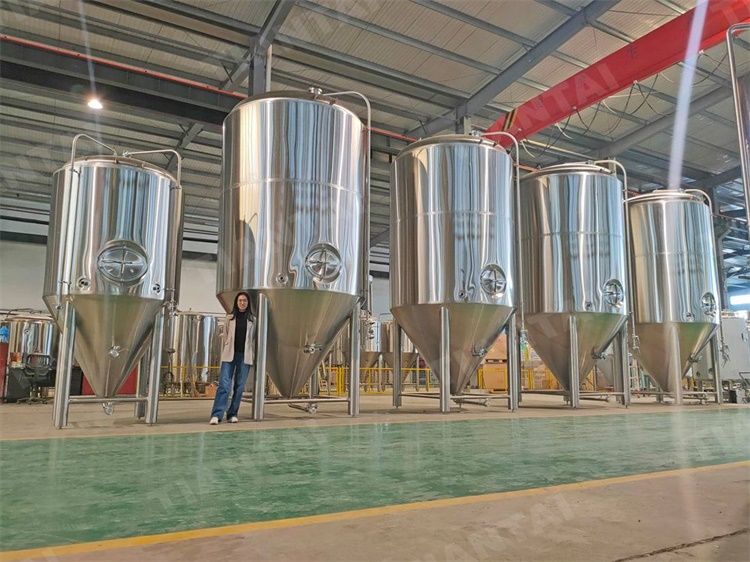.jpg)
Dedicated Equipment:
Designate a set of equipment specifically for sour beer production. This includes fermenters, hoses, kegs, siphoning equipment, and anything else that comes into contact with the beer.
Ideally, these items should never come into contact with non-sour beers to avoid any risk of contamination.
Physical Separation:
Physically segregate your sour beer equipment from your regular brewing equipment. This could involve different storage areas, shelves, or even separate rooms.
Color Coding:
Use color-coded labels, tape, or other markers to clearly distinguish between equipment meant for sour beer and equipment meant for other styles. This helps prevent accidental mixing.
Cleaning and Sanitization:
Thoroughly clean and sanitize your sour beer equipment using a separate set of cleaning and sanitizing agents. The cleaning agents used for sour equipment should not be used for non-sour equipment, and vice versa.
Acid-based sanitizers are often used for sour equipment because they are effective against certain wild yeast and bacteria.
Preventing Cross-Contamination:
Be cautious about using the same transfer hoses, fermentation chambers, or temperature control devices for both sour and non-sour beers.
Avoid any splashing or aerosolizing of sour beer during transfers, as this can spread contaminants.
Bottling and Packaging:
Use separate bottling equipment for sour and non-sour beers. This includes bottling wands, tubing, and bottle fillers.
If you're kegging, use dedicated kegs for sour beer, and consider separate taps as well.
Maintenance and Upkeep:
Regularly inspect and clean your sour beer equipment. Be vigilant about any signs of contamination or wear.
Replace gaskets, seals, and other components that might be difficult to clean thoroughly.
Documentation:
Keep detailed records of your brewing processes, especially for sour beers. This can help you trace any contamination issues back to specific batches or equipment.
Personal Hygiene:
Make sure that anyone handling sour beer equipment understands the importance of avoiding cross-contamination. Proper hand washing and cleanliness are essential.
Experimentation and Learning:
Start small with your sour beer experiments to minimize potential losses if contamination occurs.
Learning from experienced sour beer brewers or attending workshops can provide valuable insights.
Remember, the goal is to maintain the integrity of your regular beer production while safely and effectively incorporating sour beer brewing into your repertoire.
Thank you very much for your reading.
Contact person:Helen Lee
Contact email:[email protected]


.jpg)



Get In Touch